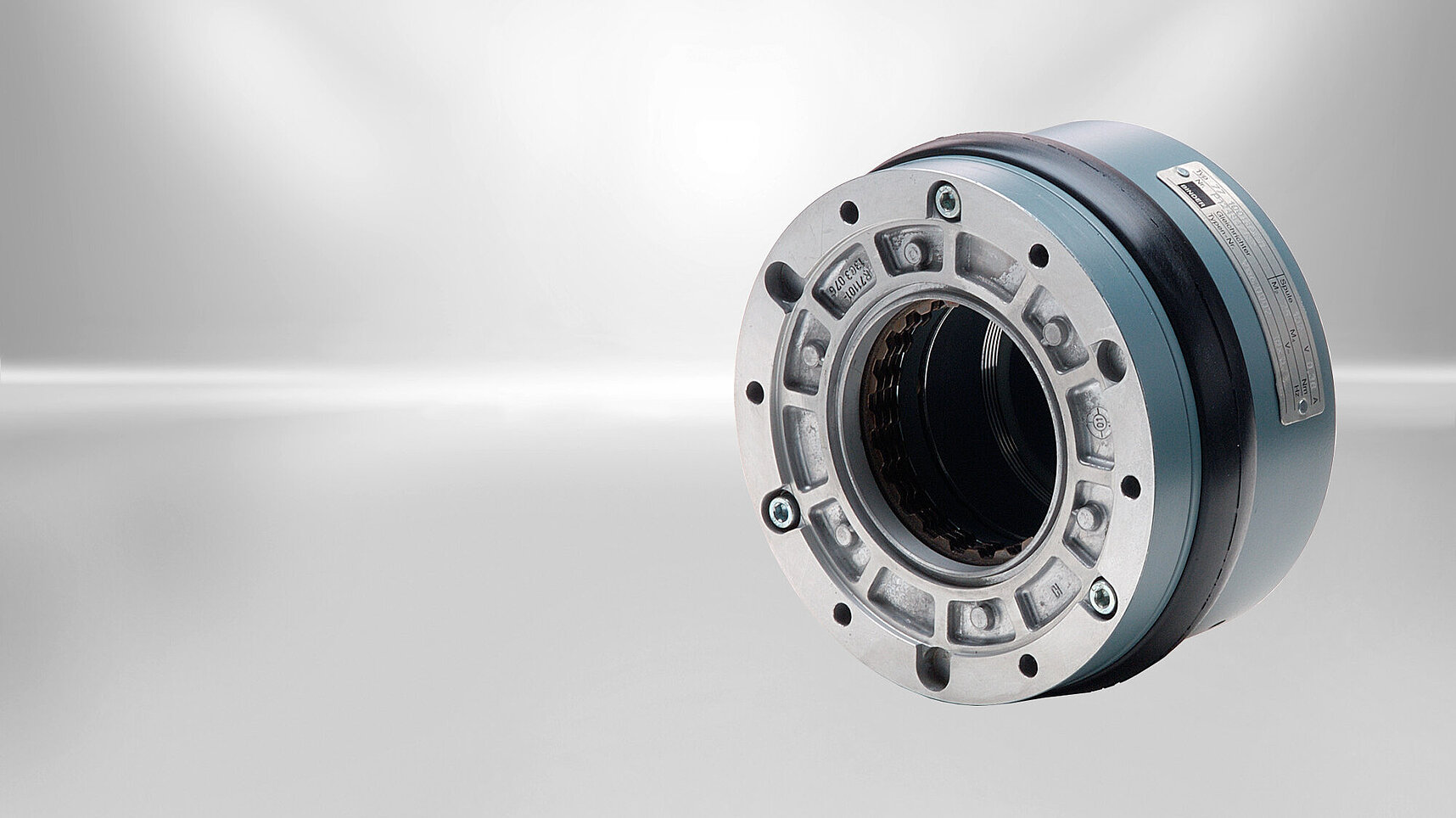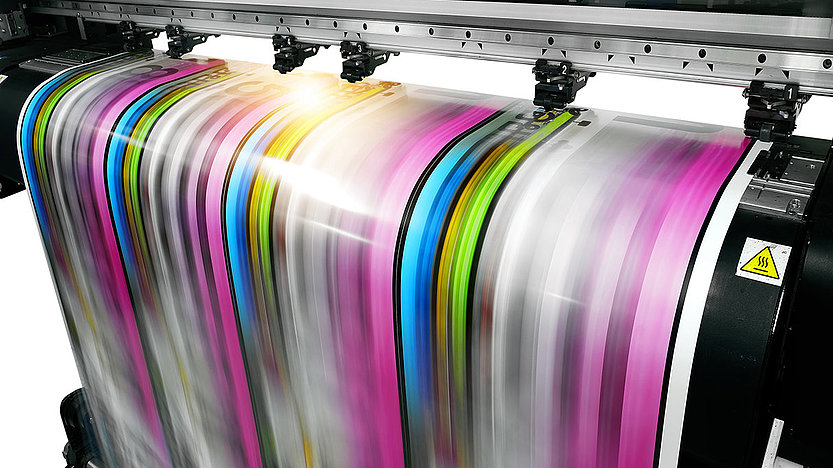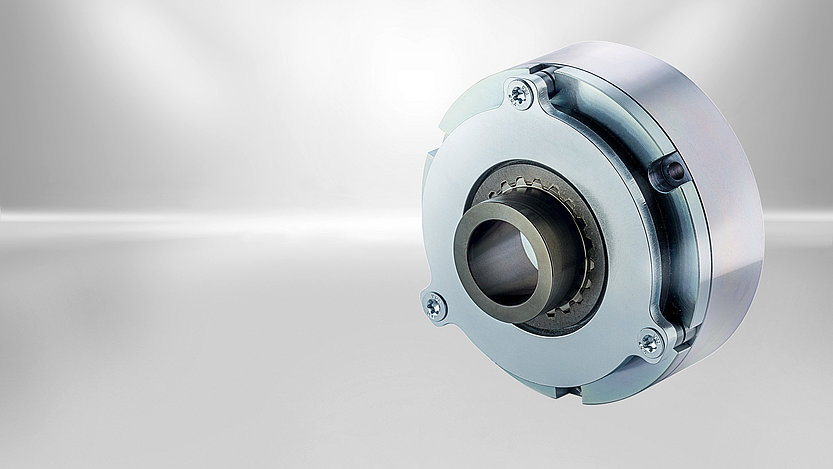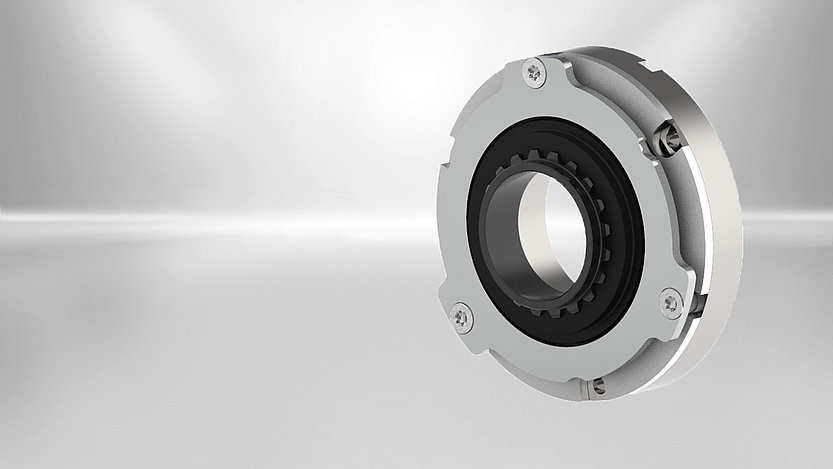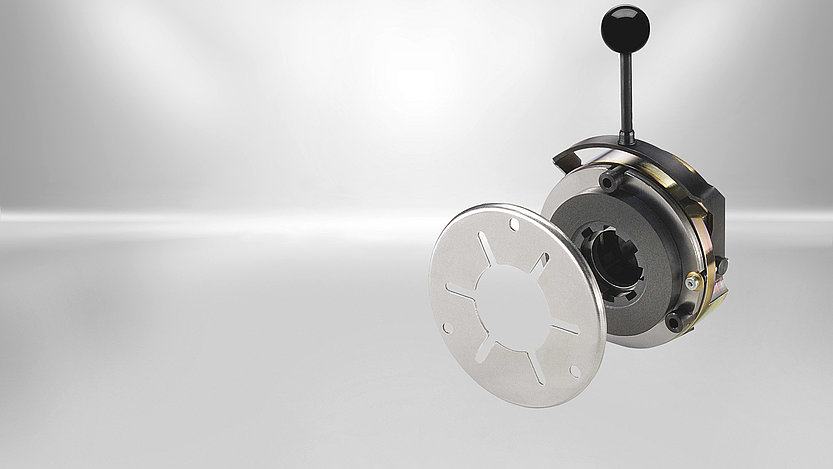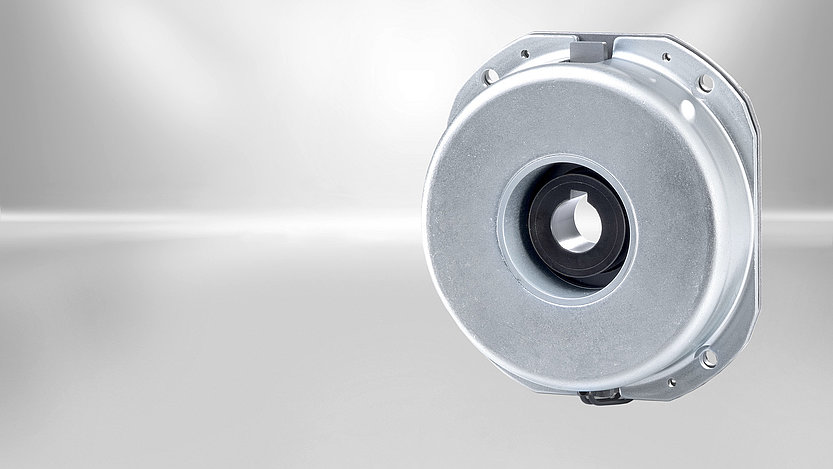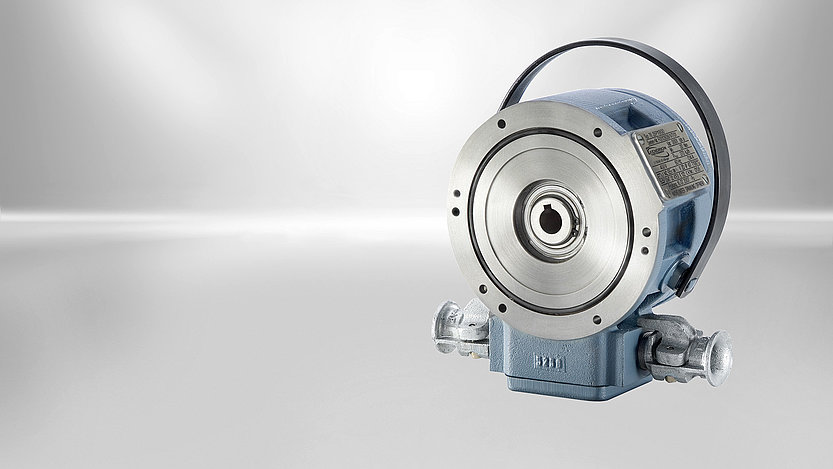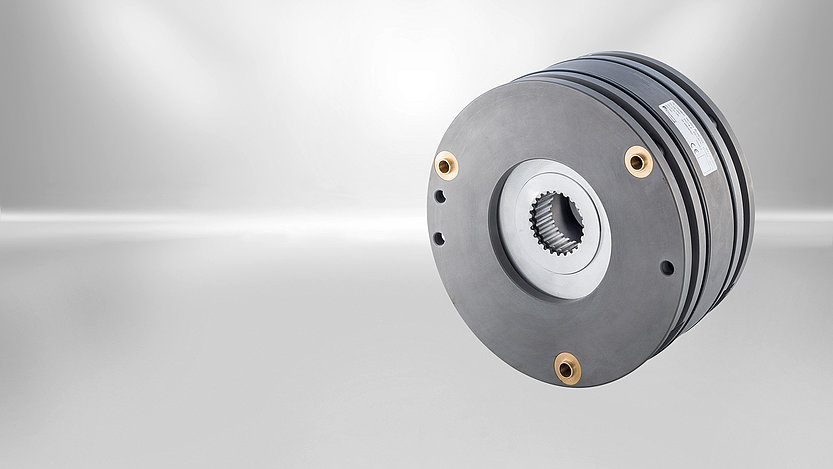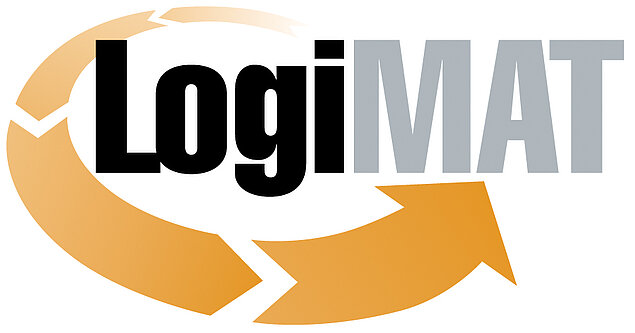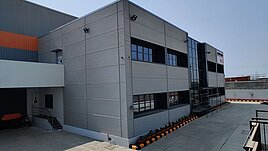Our Classic Line
The Classic Line includes DC spring-pressure single-disc and multi-disc brakes which, due to their robust design and the variable connection technology, meet the requirements of demanding applications. Electromagnetically-operated spring-applied brakes build up the braking torque when the current is switched off and the electromagnetic force is therefore neutralized.
Operating principle
The spring-applied multiple-disc brake is designed to operate dry. The force generated by an electromagnetic field is utilised to overcome the braking effect produced by the spring force. The spring-applied multiple-disc brake engages in unpowered condition and releases when DC voltage is applied. Brakes equipped with a built-in rectifier (half-wave or bridge rectifier) can be connected directly to an AC power source. The form-fit connection between the friction disc and hub and the connection of the hub with the machine shaft (e.g. motor shaft) ensure that the torque generated by the spring-applied multiple-disc brake (brake torque) is reliably transmitted to the machine (motor). The brake can also be equipped with an optional hand release to allow the brake to be released manually.
Brake design
The solenoid housing of the spring-applied multiple-disc brake accommodates the firmly fitted field coil whose connecting terminals are located in the connector box. The solenoid housing also includes the compression springs, which press the disc pack against the flange over the pins that are loosely guided within the armature. The disc pack consists of the externally toothed outer discs, which are guided in the tooth ring, and of the internally toothed inner discs, which are guided on the hub. The braking effect of the spring-applied multiple-disc brake is generated as the disc pack is pressed against the flange. The air gap 's' is adjusted by means of the sleeves and tooth ring. The toothed inner discs can be moved on the hub in axial direction. The customer-specific connecting cable can be fed into the connector box through a cable gland. When DC voltage is applied to the field coil of the spring-applied multiple-disc brake, the spring force is overcome by the electromagnetic field force. This causes the armature to be released and the braking effect to be neutralised. The shaft to be braked is not subjected to any axial force by the brake. When using brakes with hand release, openings must be provided in the part enclosing the brake (e.g. fan cover) so that the hand release lever can be installed. The hand release allows the brake to be released manually (e.g. in case of power failure). Vertical brake operation is also possible. Bracing springs are provided in the outer discs to ensure almost zero residual torque when the spring-applied multiple-disc brake is used in released (open) condition. Thanks to the centring diameters on the flange and housing sides, the spring-applied multiple-disc brake is ideal for applications with mounted transmitters (e.g. tachometer generators, encoders, etc.) after the cover has been removed.


